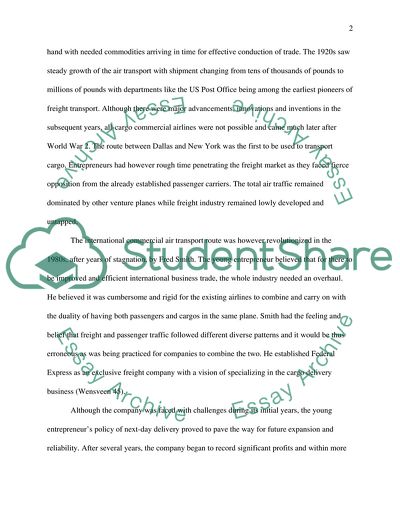Cite this document
(History of Air Transport Use for the Delivery of Goods Research Paper, n.d.)
History of Air Transport Use for the Delivery of Goods Research Paper. Retrieved from https://studentshare.org/history/1751144-international-commercial-air-transport-route
History of Air Transport Use for the Delivery of Goods Research Paper. Retrieved from https://studentshare.org/history/1751144-international-commercial-air-transport-route
(History of Air Transport Use for the Delivery of Goods Research Paper)
History of Air Transport Use for the Delivery of Goods Research Paper. https://studentshare.org/history/1751144-international-commercial-air-transport-route.
History of Air Transport Use for the Delivery of Goods Research Paper. https://studentshare.org/history/1751144-international-commercial-air-transport-route.
“History of Air Transport Use for the Delivery of Goods Research Paper”, n.d. https://studentshare.org/history/1751144-international-commercial-air-transport-route.


